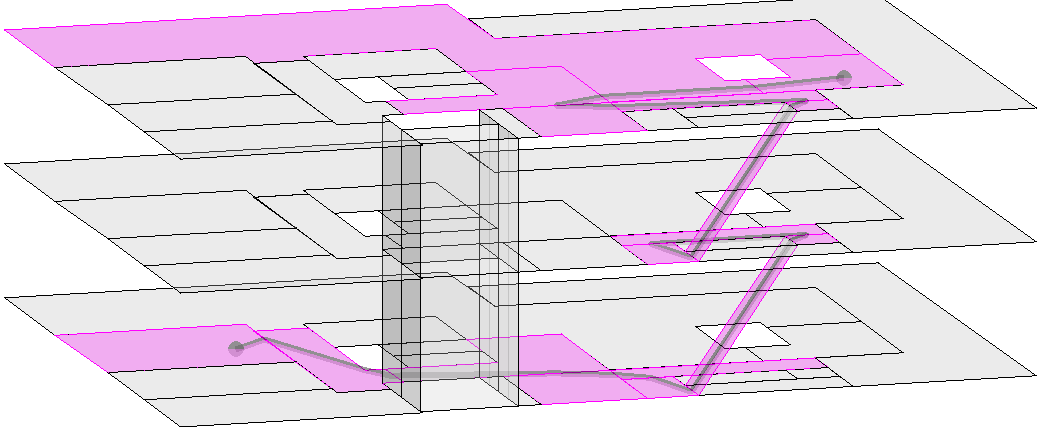Indoor Semantic Modeling to Support Path-Finding
Indoor navigation
Navigation and location-based services is one of the fast developing applications in Geographic information System (GIS) field. Presently, a considerable attention has been paid to indoor navigation or seamless indoor-outdoor navigation. Because people spend most of their time indoors, which boosts the number of user-required services similar to outdoor navigator especially when they explore complex and large indoor environments.

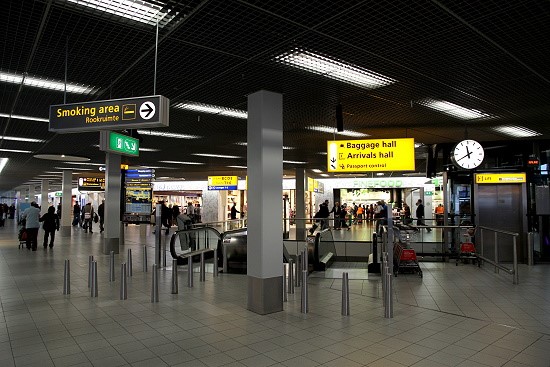
Problems
Difficulties commonly exist in indoor data acquisition, indoor modelling and user-dependent path planning. There are diverse 3D geometric building models and semantics designed for different purposes (e.g. CityGML, BIM) but they fail short of sufficient information for indoor navigation to the large diversity of potential users. Moreover, sometimes outdoor path planning may not completely apply to the indoor environments due to their different navigation networks and various navigation semantics architecture.
This research—Indoor Semantic Modelling
This research investigates the contribution of semantic modeling for indoor navigation, especially in complex indoor environments. A semantic modeling method named Indoor Navigation Space Model (INSM) has been proposed, which is related to any assigned type of subdivision of buildings. It not only conceptualizes all the necessary building elements for navigation purposes, but also attach to geometric parts of buildings (e.g. rooms, doors, stairs, etc.).
One of the advantages of INSM is that it can be employed to almost all kinds of geometric models. Basic semantics of INSM include Navigable Space Cell (e.g. any Room or Space), NSC for short, Opening (e.g. Doors or Windows) and Obstacles (e.g. desks, columns or other furniture). The pivotal notions of NSC are: 1) Horizontal Unit for horizontal movements, including Horizontal Connector (e.g. corridors) and End (only connects one other room); 2) Vertical Unit for “up-or-down” movements, e.g. stairs or elevators; 3) Vertical Connector, a type of special Horizontal Unit which articulates the other Horizontal Unit and Vertical Unit. Given the INSM semantics, we could readily extract path pattern, and leverage the pattern for path finding.
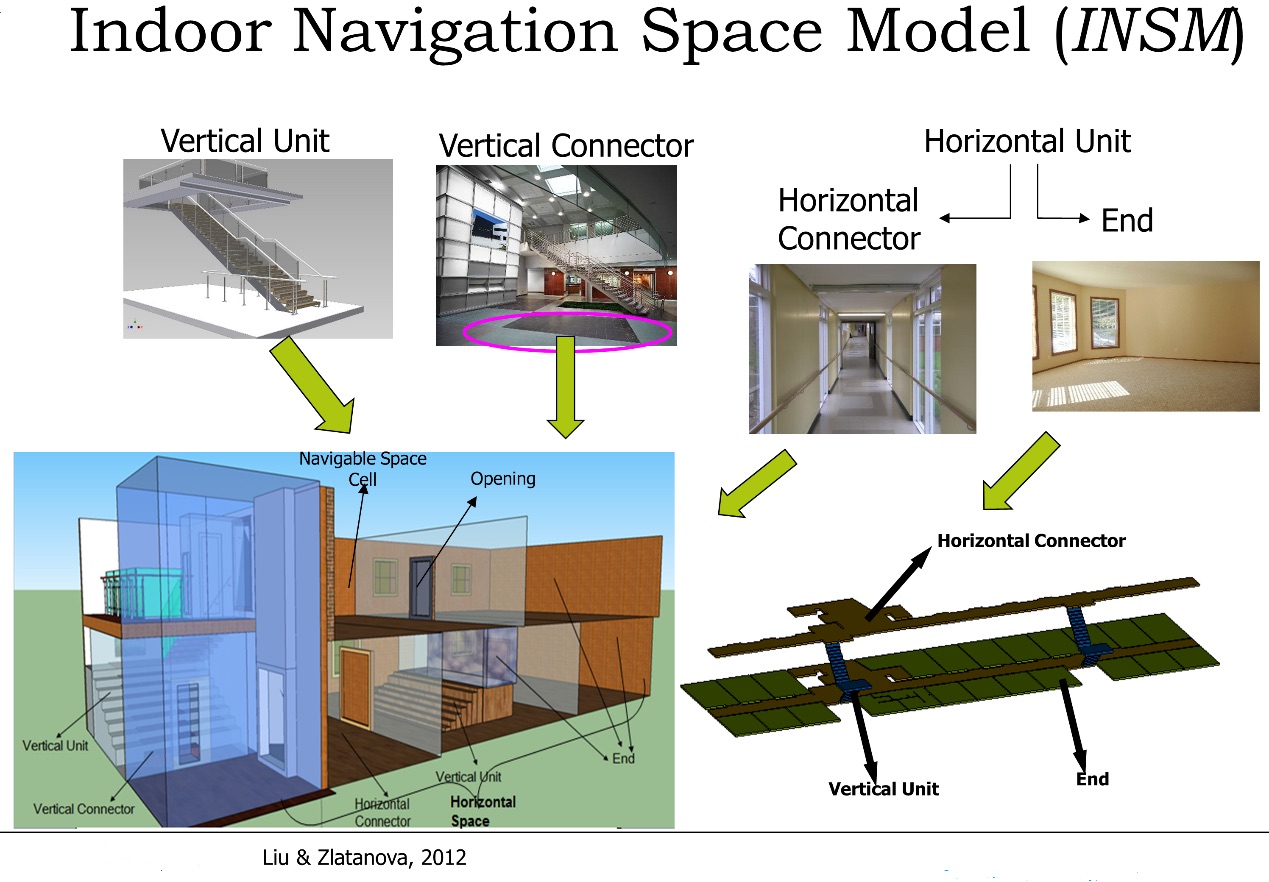
We also provide a transformation means from some semantics data formats (e.g. CityGML LoD4 or BIM IFC). The INSM semantics is not the intrinsic feature of many existing data formats. For example, we regard two other types of semantic data as input and enrich the data with INSM semantics. i.e. CityGML LoD4 (indoor) and BIM IFC. This transformation also works on digital floor plans with necessary category information (e.g. notifying Stair and Elevator).
Connectivity Graph derived from CityGML and data:
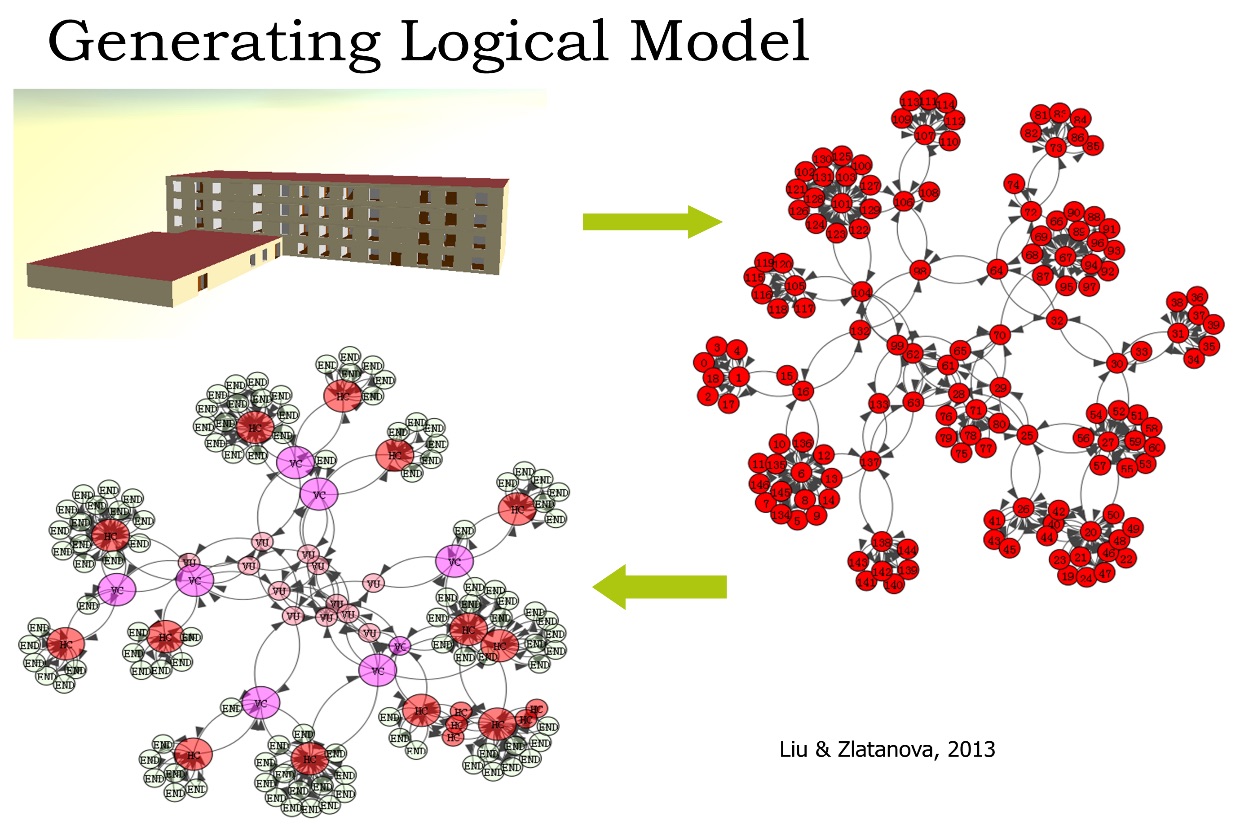
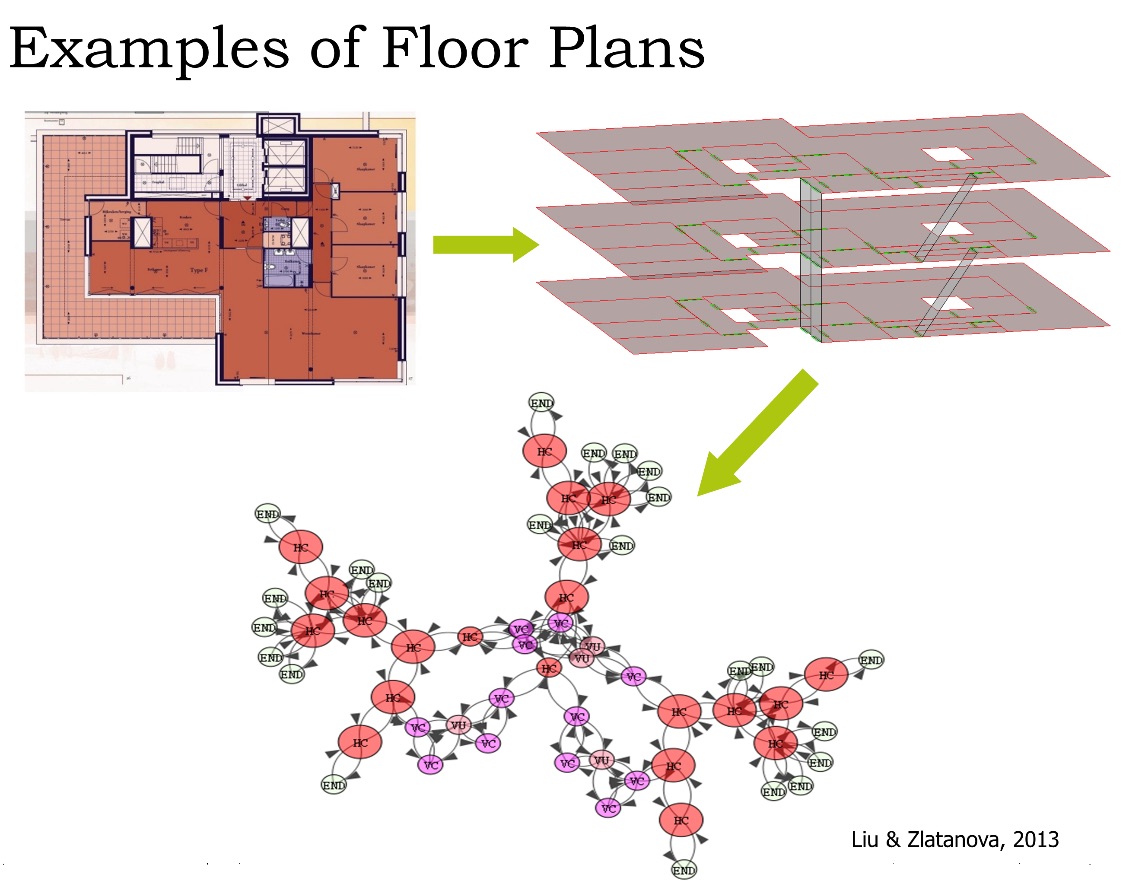
Connectivity Graph derived from an IFC Model:
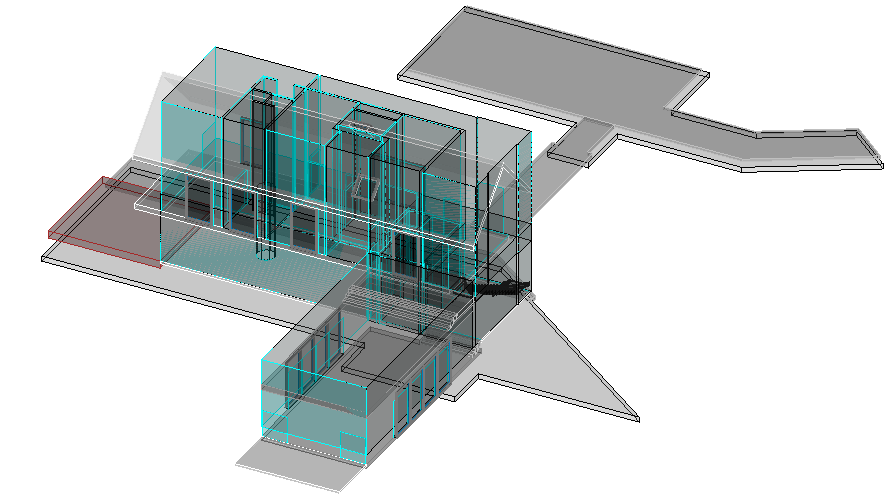
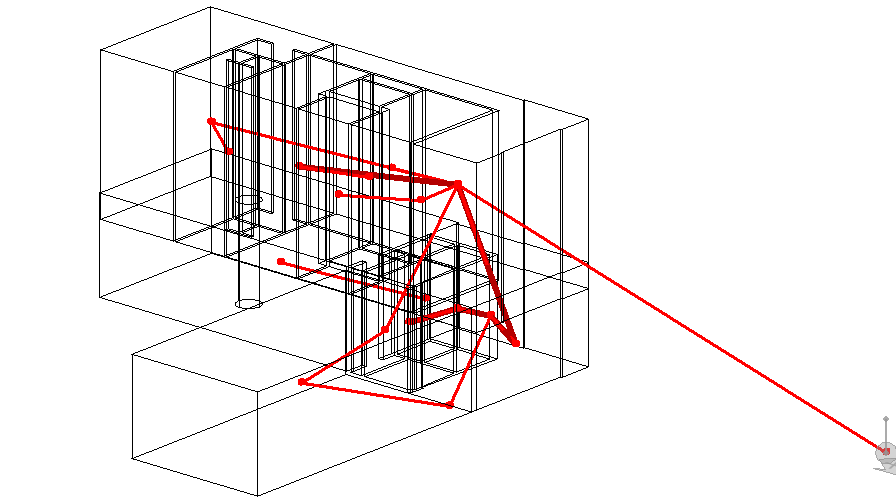
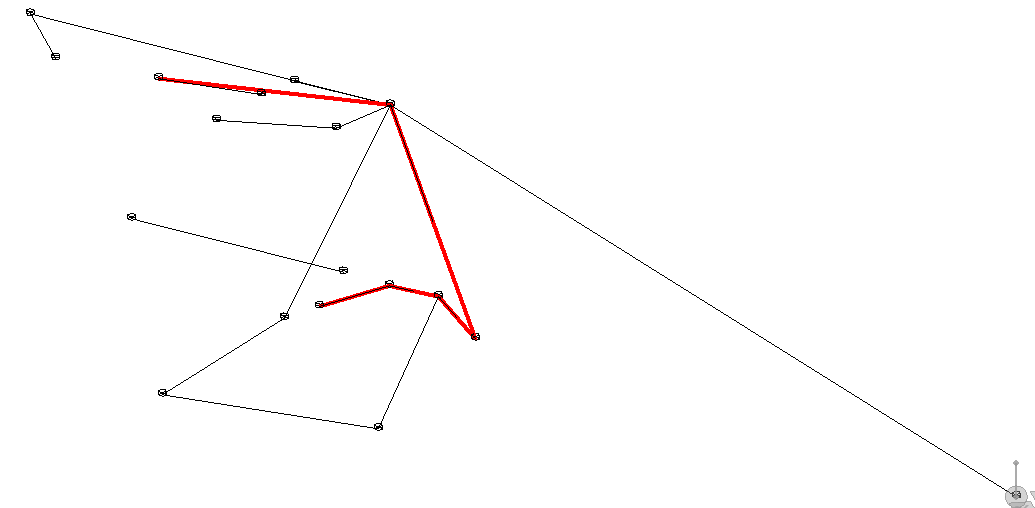
This research – Two level approach for navigation
Based on INSM a two-level indoor routing strategy has been developed for indoor path planning. On the coarse level, meaningful logical paths are generated in the connectivity graph derived from INSM; on the detailed level, we can compute detailed geometric paths which are free of obstacles insides rooms. By combining indoor semantic modeling and two-level strategy we also could conduct user-dependent indoor routing. User profiles and preferences are important criteria on the selection of multiple paths.
Path on the coarse level:
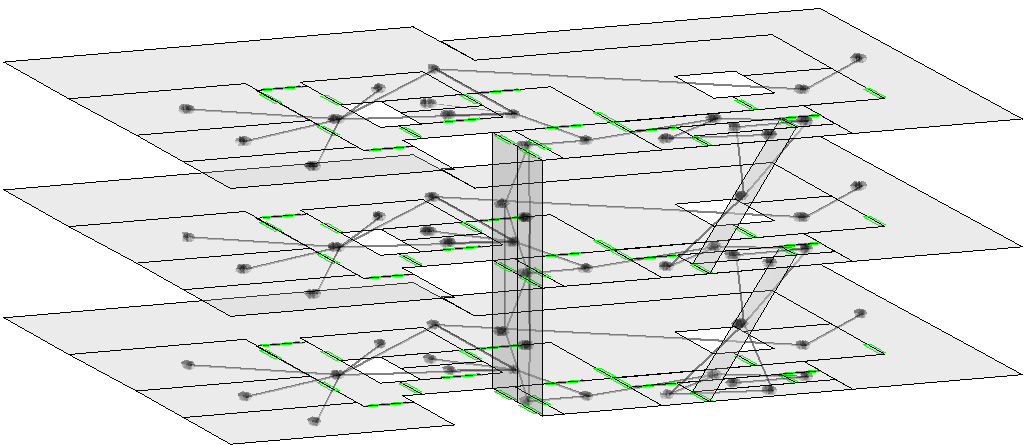
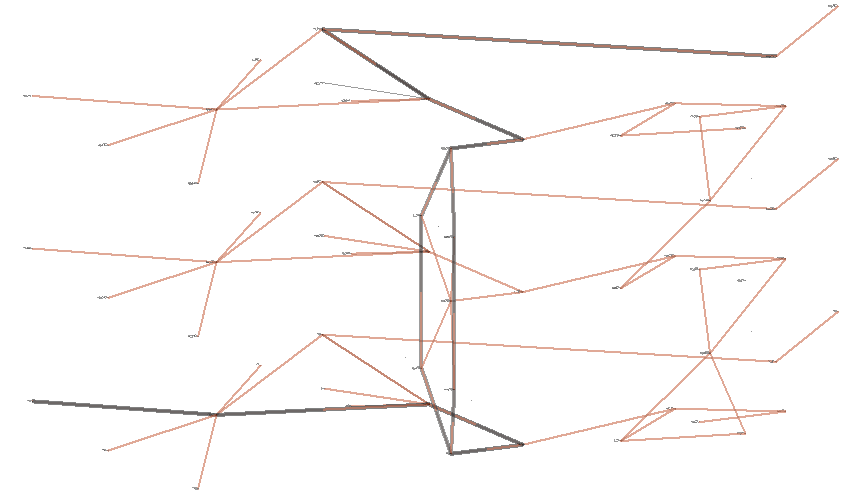
Path on the detailed level:
